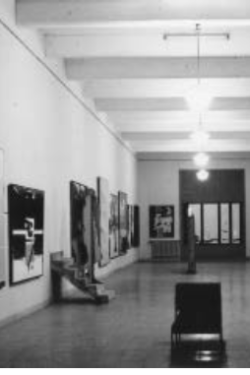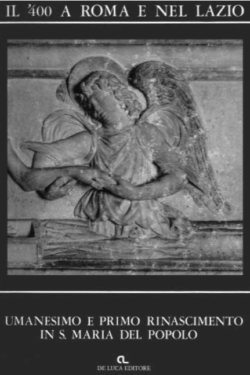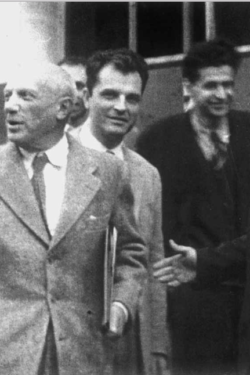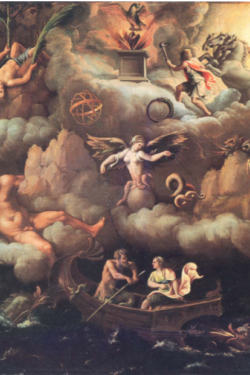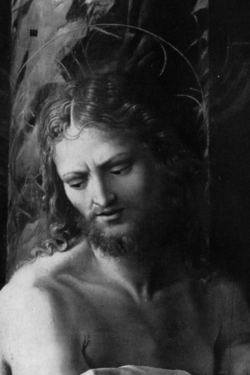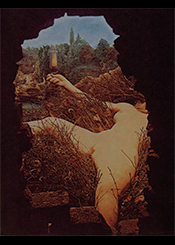Descrizione
Storia dell’arte 151-152, Gennaio-Dicembre 2019
Antonella Sbrilli
La «ginnastica del linguaggio». Maurizio Calvesi dal sottile enigmismo giovanile all’iconologia della trasformazione
Maurizio Calvesi’s adolescence, that coincides with the years of World War II, shows a youthful passion for the group of Futurist “aeropoeti”, and an attraction for the riddle that saw him publish charades, anagrams, rebuses in specialized magazines, signing with cultured and suggestive pseudonyms. An early sign of an “undoubted attraction for the enigma” and for the hidden meanings of the artworks, this germinal interest would have led him to choose for his subsequent research artists and works with a high enigmatic nature (from Piranesi to de Chirico to Duchamp to the so-called Anachronism), and to trace illuminating correspondences between the Renaissance hermetic culture and the transformations of languages in contemporary art. The youthful “ludi enigmatici”, although soon overcome, continue their work: he himself proposes, for example, to consider Marcel Duchamp’s enigmisms as “gymnastics of language”, suggesting that his works present a first and second reading to decipher. A stage on this path is represented by the essay A noir (Melencolia I), published in the first issue of the magazine “Storia dell’arte”, in 1969, where the famous engraving by Dürer is intended as the initial moment of the alchemical opus. From the Renaissance to the present, art emerges as a transmutation process of languages, materials, techniques, readings and interpretations, under the sign of transformation and recombination.

